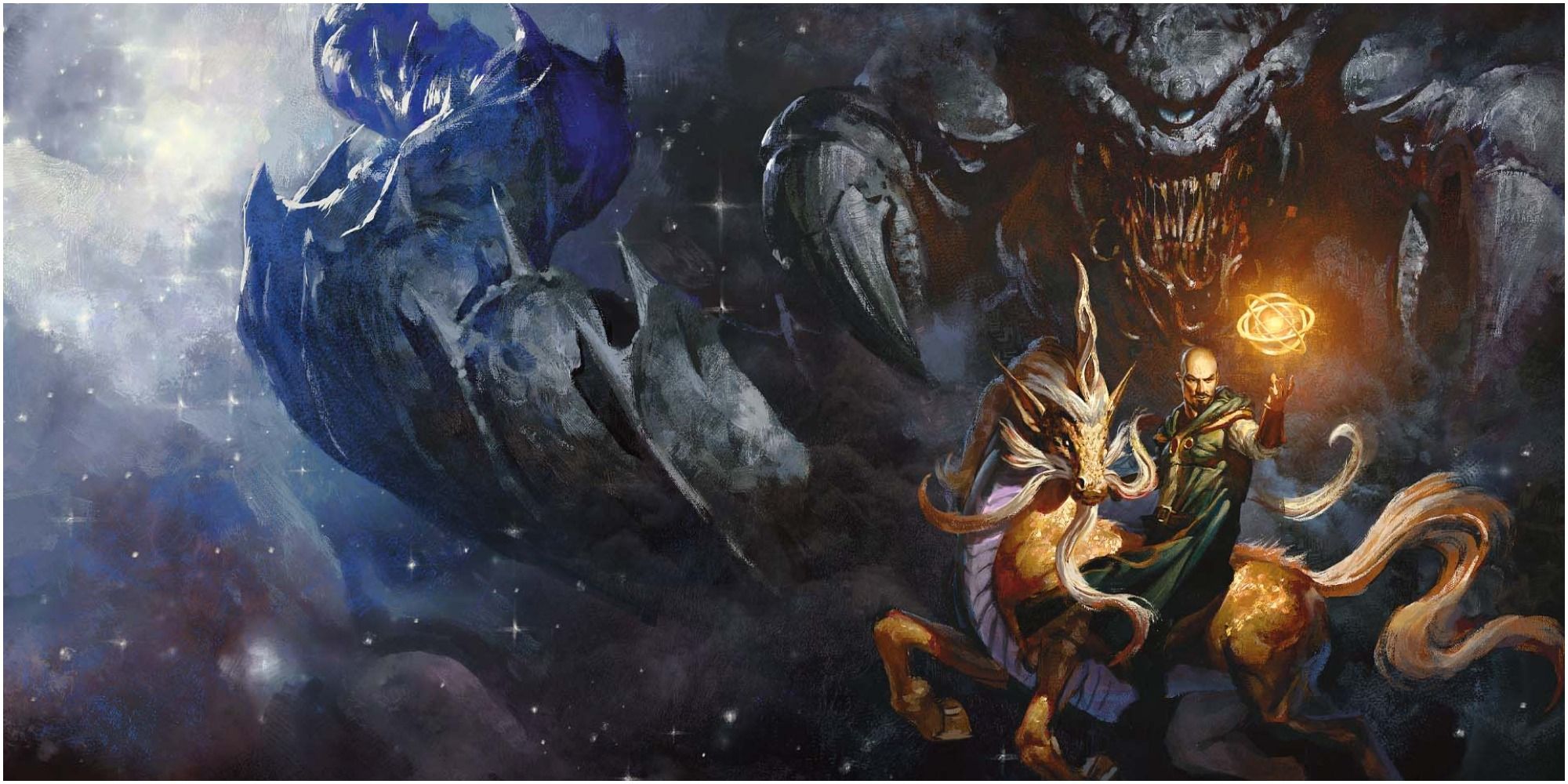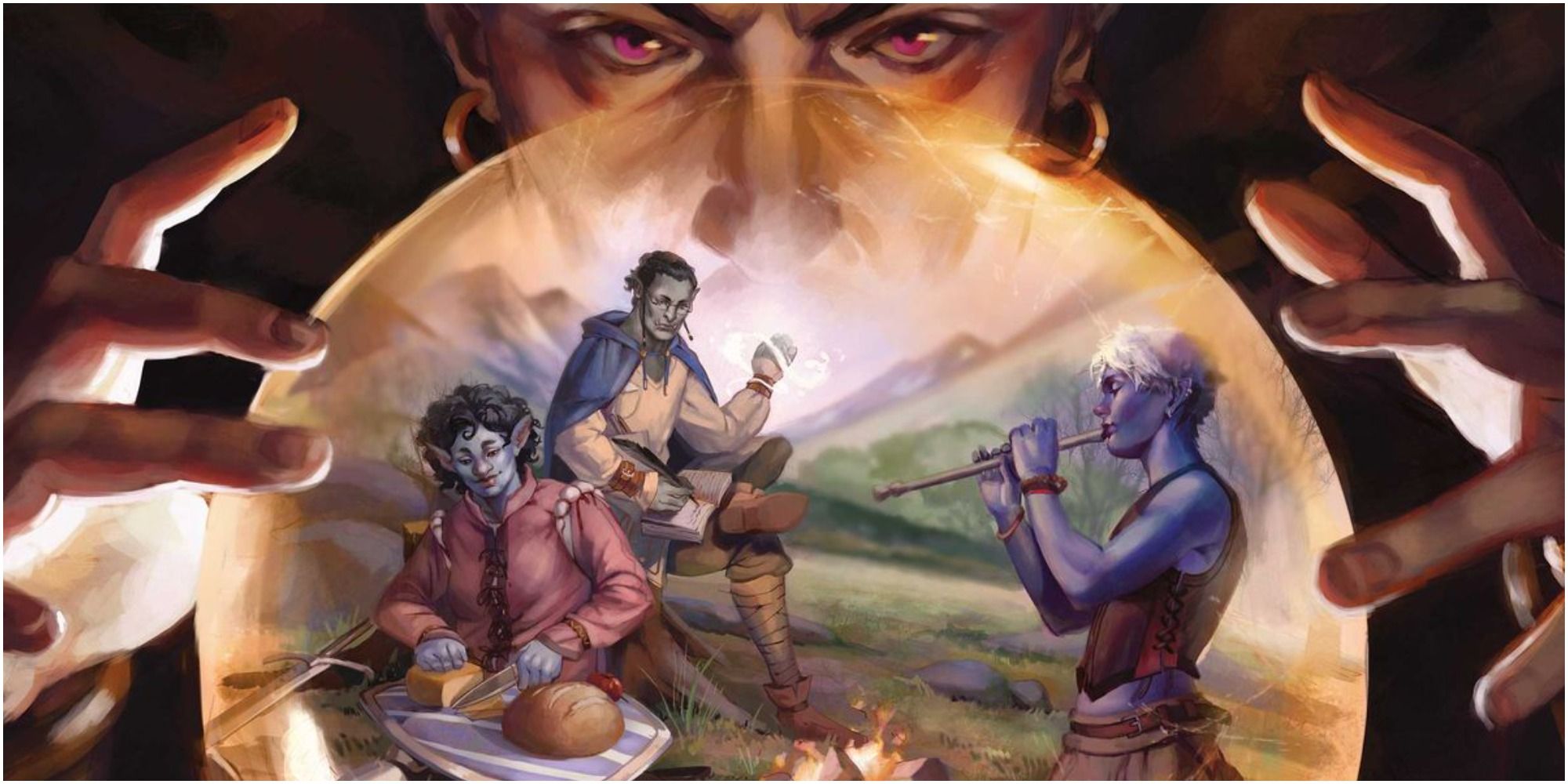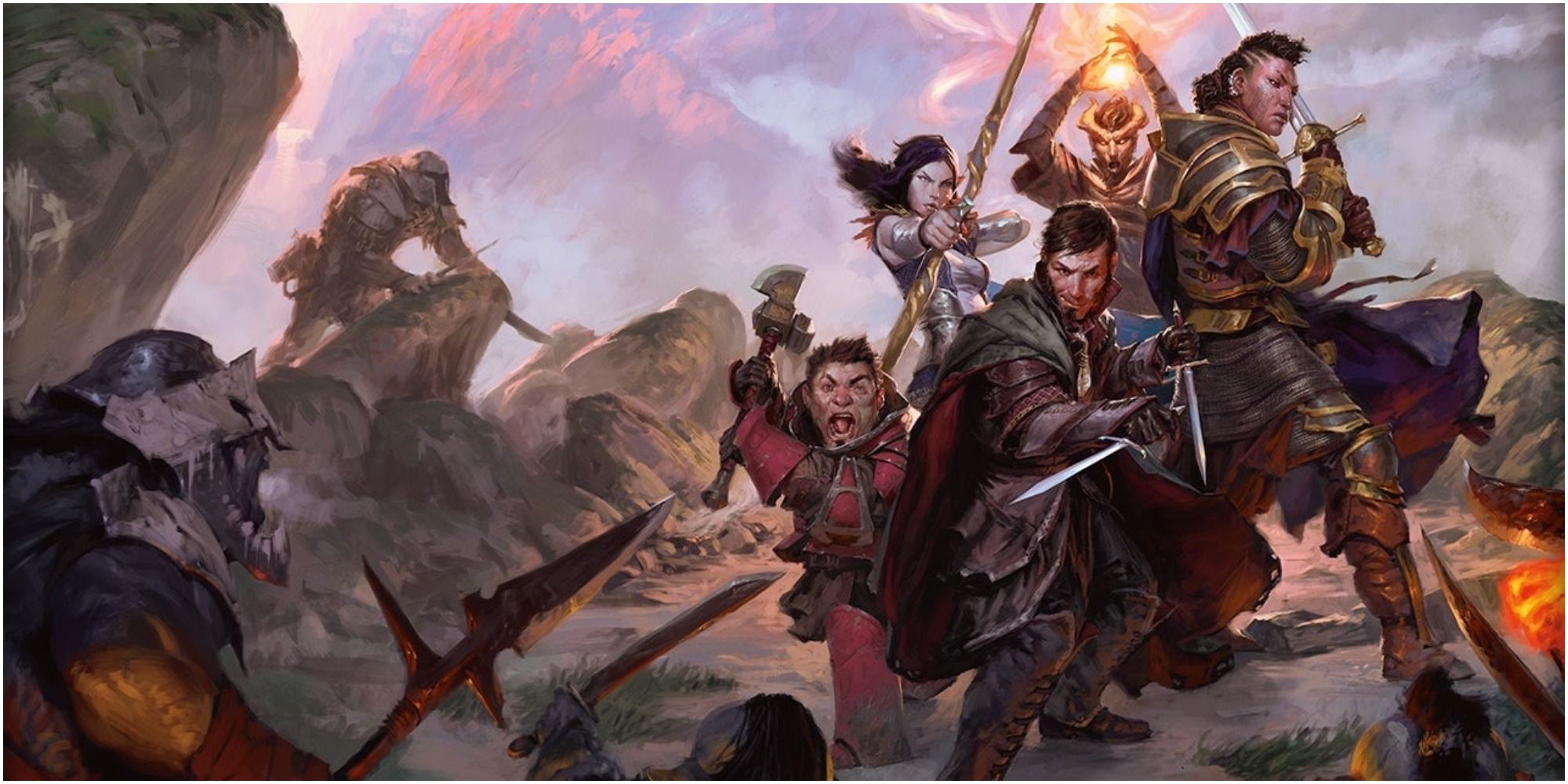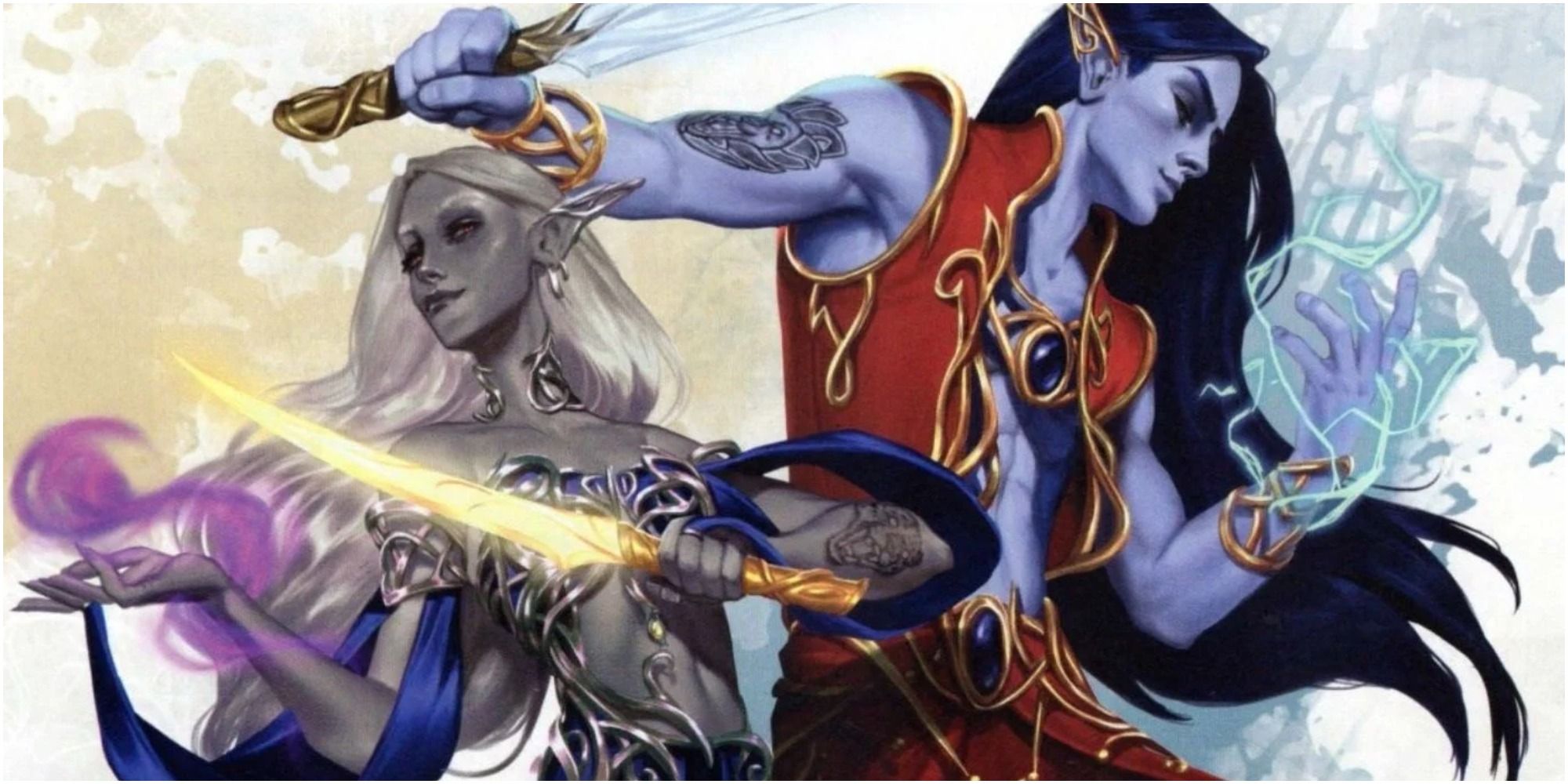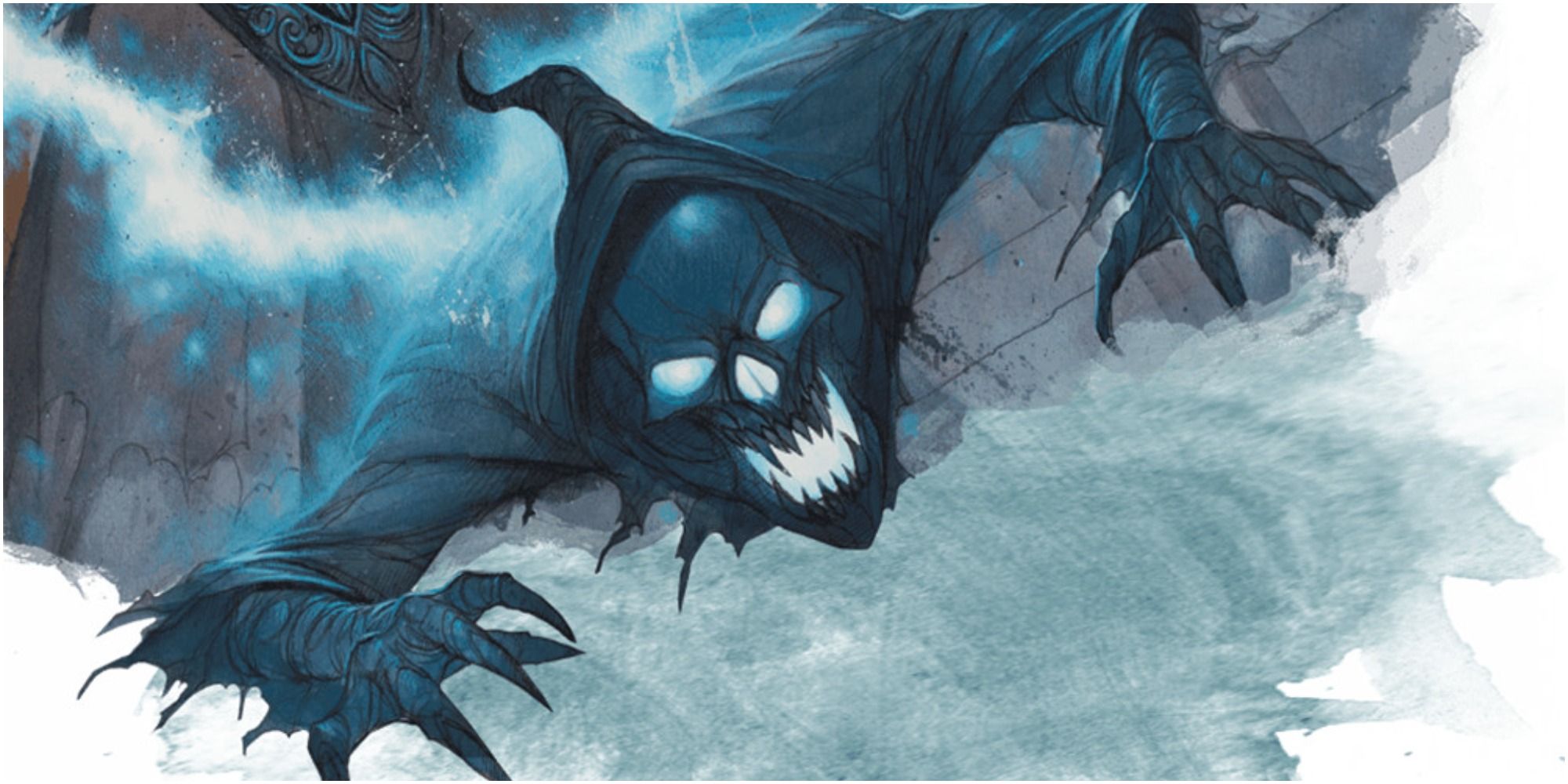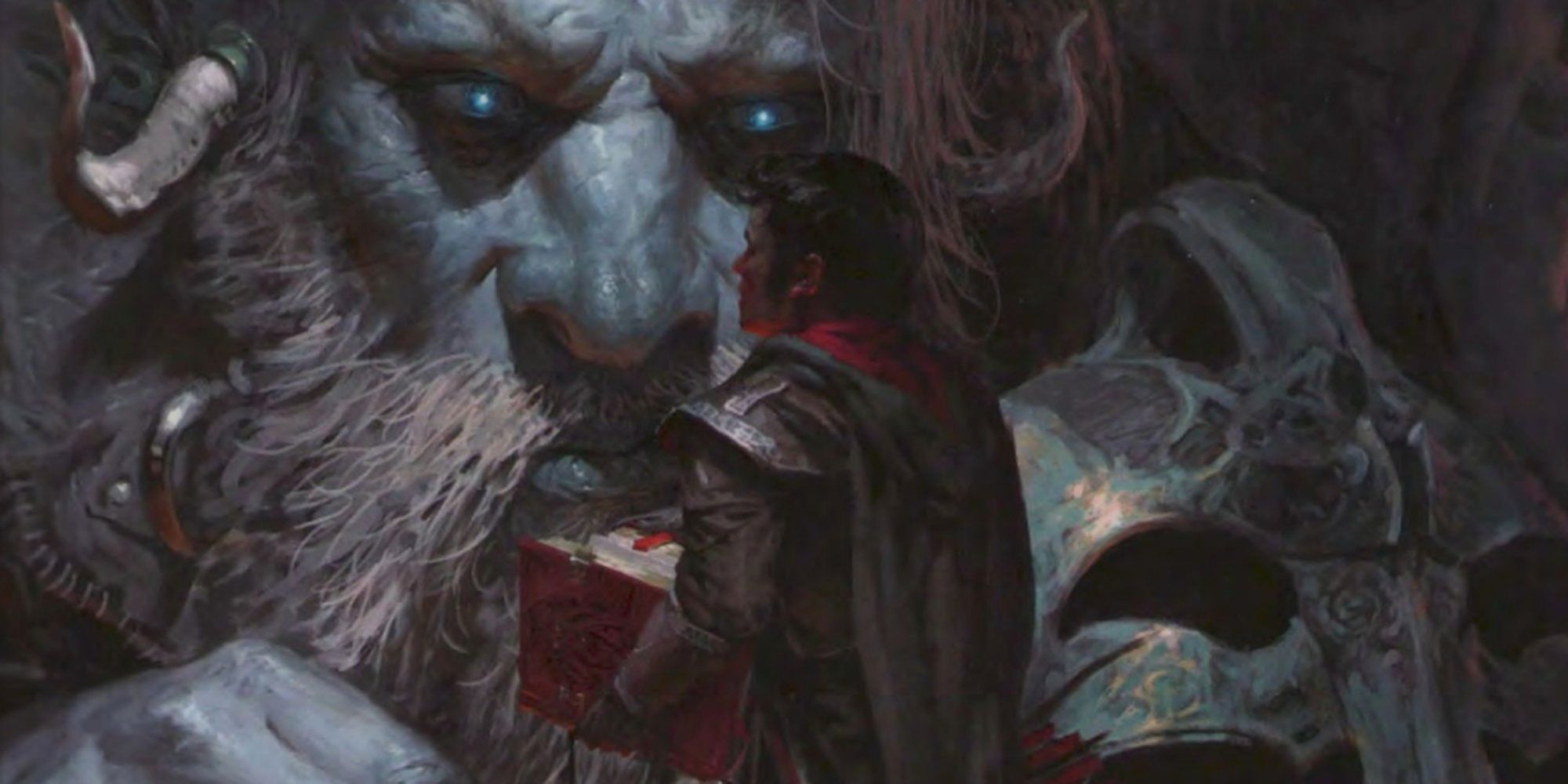Quick Links
As one of the most widely popular tabletop RPGs on the market, Dungeons & Dragons receives several new releases every year, each adding something new to the game, from new adventure modules, new ways to customize one's character, or even brand-new rules altogether. Modenkainen Presents: Monsters of the Multiverse includes key information that can be useful for Dungeon Masters and players alike.
Here's a deep dive into the type of content included within Monsters of the Multiverse. Follow this guide to see if this brand-new D&D release is right for you!
Large-Scale Update
First and foremost, it's important to know that rather than including brand-new content, Monsters of the Multiverse serves primarily as an update to previously existing content. Including 33 playable races, none of these races are brand-new editions but rebalanced and updated versions of already existing races. The new versions keep these races in line with the current direction of the game regarding their capabilities. Many of these races have had their previously present abilities altered mechanically, while other ones have lost traits or gained new abilities to access in a campaign.
As for the monsters included in Monsters of the Multiverse, the book contains a massive collection of over 200 monsters for adventurers to encounter in their travels. However, the vast majority of those that are featured in Monsters of the Multiverse had previously appeared in Volo's Guide to Monsters or Mordenkainen's Tome of Foes. It is key to know that rather than these inclusions serving simply as reprints, the monsters featured in this release have been tweaked and changed to various degrees, with some having subtle or minor changes, and others undergoing more notable revisions.
With this in mind, rather than providing brand-new content akin to a book like Tasha's Cauldron of Everything, this sizable book functions simultaneously as a convenient bestiary of monsters, all included within the same book as well as a large and impactful balance update. This makes it an excellent addition to the collection of a newer DM looking for an additional book full of monsters outside of the classic Monster Manual, as well as a solid option for established players and DMs looking to access the most up-to-date and balanced information regarding the game's monsters and races.
A Change To Character Creation
While Tasha's Cauldron of Everything had added an option for players to ignore a race's predetermined ability score increases, this is now being treated as a new step of character creation rather than an optional choice. Instead of including predetermined ability score increases like had been done in sourcebooks of the past, when building a character, you select an ability score to increase by 2 and an ability score to increase by 1, or three ability scores to increase by 1.
Lead designer Jeremy Crawford has stated that this change is to allow players to have more freedom when choosing their combination of class and race, aiming to remove a feeling of obligation to select a race with ability score improvements that most benefit a player's class choice. With this change, you can now try unique builds such as a Goliath Sorcerer without feeling that your allocation of ability score increases is suboptimal for your class.
Updated Races
For players, one of the most appealing aspects of Monsters of the Multiverse is the inclusion of a massive list of 33 races. All 33 of these races have been updated since their last printing save for the Harengon and the Fairy, which remain unchanged. In addition to rebalancing many races, those that were previously classified as subraces such as Deep Gnomes, Duergar, Shadar-Kai, and the four variations of Genasi are now being classified as their own ones. While many races such as Orcs and Hobgoblins have been buffed, some others previously known for their potency such as the Yuan-Ti have been nerfed as part of this rebalancing.
The following 33 races can be found within Monsters of the Multiverse:
- Aarakocra
- Aasimar
- Bugbear
- Centuar
- Changeling
- Deep Gnome
- Guergar
- Eladrin
- Fairy
- Firbolg
- Air Genasi
- Earth Genasi
- Fire Genasi
- Water Genasi
- Githyanki
- Githzerai
- Goblin
- Goliath
- Harengon
- Hobgoblin
- Kenku
- Kobold
- Lizardfolk
- Minotaur
- Orc
- Satyr
- Sea Elf
- Shadar-Kai
- Shifter
- Tabaxi
- Tortle
- Triton
- Yuan-Ti
Streamlined Monster Spellcasting
One of the biggest universal changes to monsters included in Monsters of the Multiverse is a universal change that has been made to each monster capable of casting spells. Due to the previous headache for DMs that was managing spell slots for the various monsters adventurers could encounter, each spell at a monster's disposal now has a finite number of uses per day that is specified within that monster's stat sheet. This update means that DM's now have fewer details they need to track when using these types of monsters.
Monster Alignment Adjustments
Throughout D&D's fifth edition, monsters found within the various published sourcebooks would come with that monster's given alignment in order to inform DMs how that monster would act. However, Monsters of the Multiverse tweaks the way that alignment is used on a Monster's stat block. Save for specific named characters such as Demon Lords like Baphomet and Archdevils like Zariel, monsters no longer have predetermined alignments.
While the likes of playable races with monster stat blocks such as Grung now state that they can be any alignment, other monsters such as demons with a strong association to a given alignment feature the word "typically" featured next to their alignment. This insinuates that exceptions to a preassigned alignment are possible, encouraging DMs to potentially subvert player expectations and utilize monsters in unanticipated ways.

